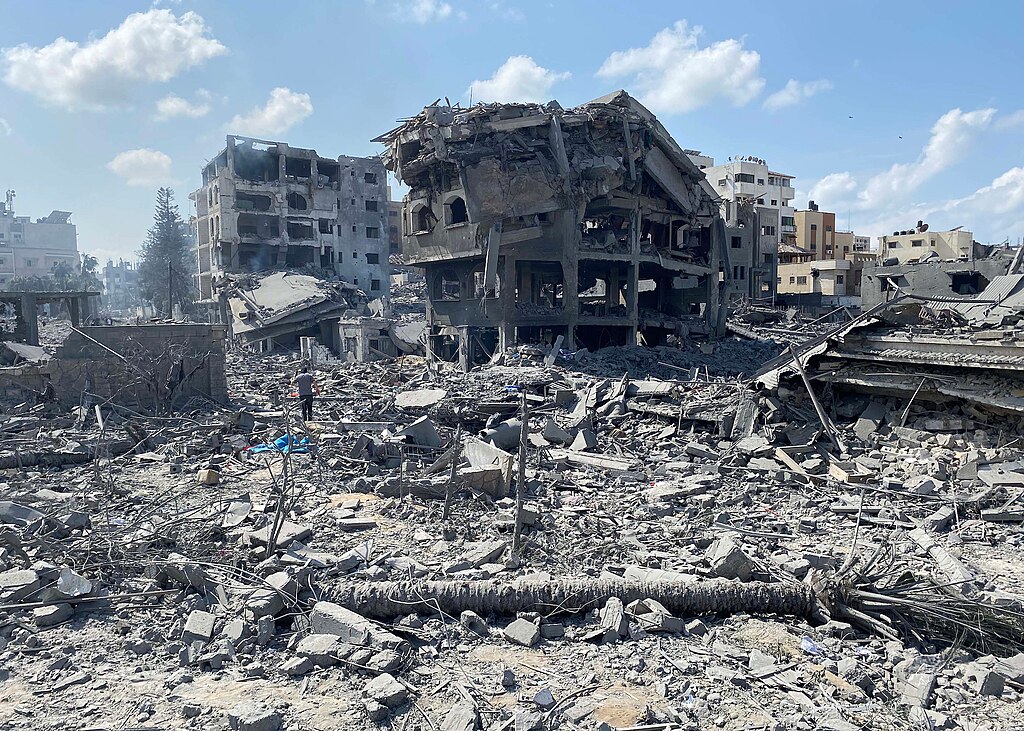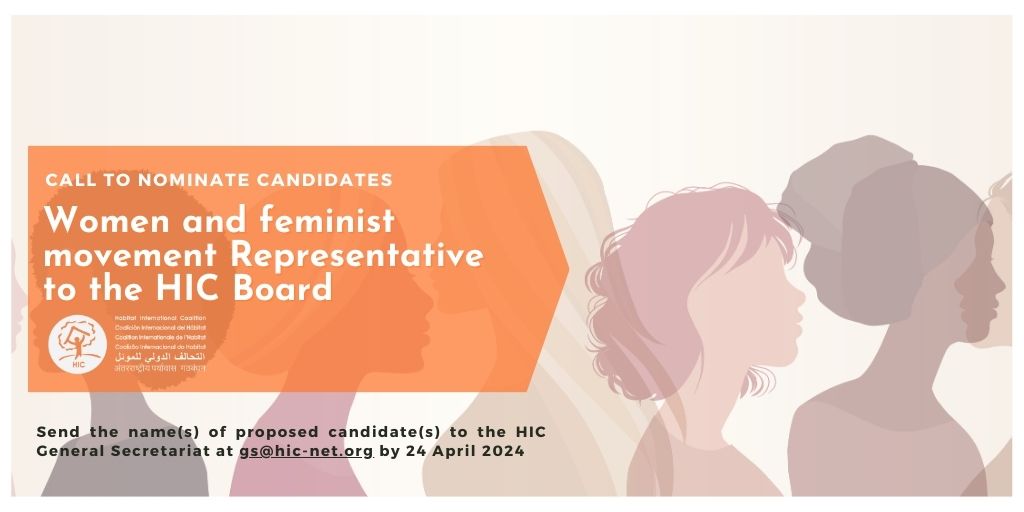Since 1986, pavement dwellers in Mumbai have struggled to achieve recognition in public policy as opposed to being considered temporary and invaluable urban citizens. Although it has been a continuous process, three organisations have managed to achieve significant improvements in defining their status as active citizens wanting to secure their right not only to adequate housing but to the city as well.
Mumbai, India’s largest city and the country’s financial and comercial capital, is home to approximately 12 million inhabitants, of which 50 percent are slum dwellers and another 10 percent pavement dwellers. In contrast to slum dwellers, who inhabit vacant pieces of land, pavement dwellers literally reside on the pavements or sidewalks of the city and build their homes depending on the width of sidewalk they occupy. People settle on sidewalks not because of a desire to live on them but because of the lack of choice they have to gain access to adequate land and housing in close proximity to their workplaces. Although slum and pavement dwellers make up more than half of Mumbai’s population, they are often not recognized as formal inhabitants who contribute to the city, but are rather thought of as transitory and of little value to the economy.
Community-based organisations Mahila Milan and the National Slum Dwellers Federation (NSDF), alongside the Society for the Promotion of Area Resource Centres (SPARC), have been working together since the mid-1980s to improve the housing situation of pavement dwellers in Byculla, an area in central Mumbai. When these three organisations came together to form what is known as the Alliance, pavement dwellers were amongst the worst off inhabitants in the city. Although physically quite visible on the streets, pavement dwellers were entirely invisible in public policy. They could not obtain ration cards, which are identity cards that grant citizens the right to schooling and access to subsidized food, nor could they gain access to basic services like water, sanitation, and electricity. Pavement dwellers, unlike slum dwellers, were also excluded from electoral rolls and any official census taken in the city and throughout the country. (…)
To see in PDF the complete article, click here.
To download "Cities for All: Experiences and Proposals for the Right to the City" in English, click here.


